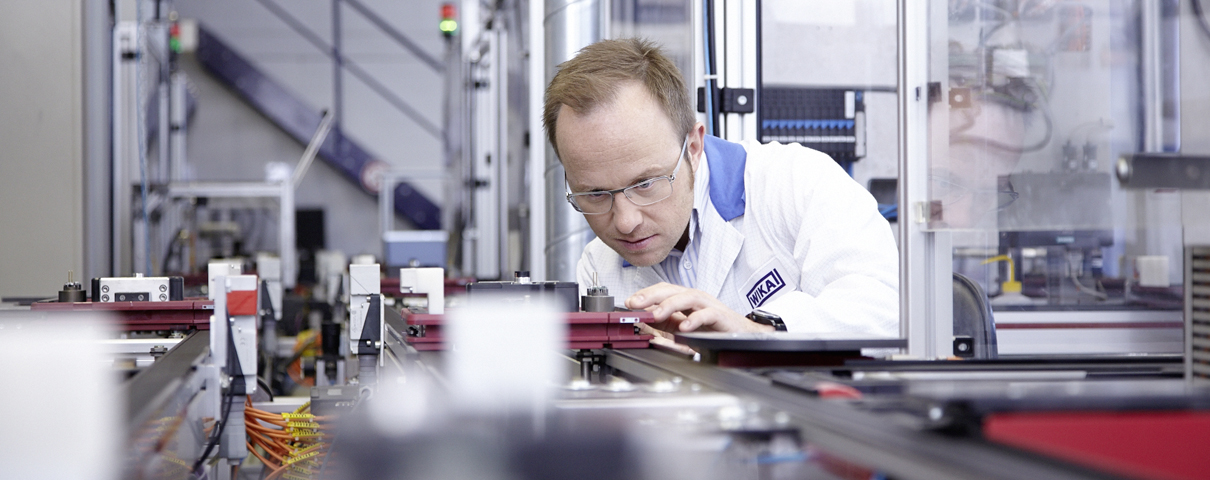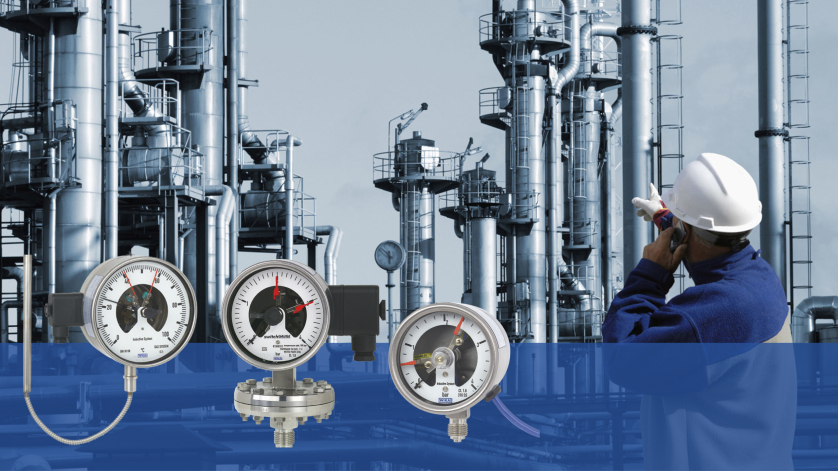
Switch contacts in pressure gauges and mechanical thermometers significantly extend the functionality of the measuring instruments. They enable limit value monitoring in addition to on-site indication. Such instruments with switch contacts are therefore an important component of process instrumentation within the process industry. For this reason, WIKA offers a very wide range in this product segment. It meets the requirements of different industries, from the chemical to the pharmaceutical and food industries, from the oil and gas sector to the basic materials sector.
The portfolio of instruments with switch contacts includes all types of pressure gauges as well as bimetal and gas-actuated thermometers. Depending on the task, the instruments can feature up to four switch contacts. These can, as required, be designed as normally closed, normally open or change-over contacts. For safety-critical applications, there are variants with separate circuits and/or cable break monitoring. The cable socket with IP65 protection also withstands harsh ambient conditions. The instruments can also be fitted with a contact protection relay for the sustained switching of larger loads (> 1 A).
Four different switch contacts for pressure gauges and thermometers
All switch contacts in pressure gauges and mechanical thermometers can be adjusted over the entire scale range using the set pointer. When the specified pressure or temperature value is reached, they trigger an alarm and/or switch processes off or on. Four different switch contacts are available to suit the range of applications:
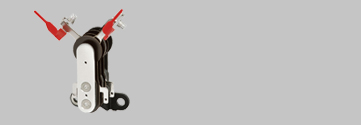
Magnetic snap-action contacts
Magnetic snap-action contacts can be used almost universally due to their simple function. A magnet on the set pointer attracts the contact arm of the switch as soon as the actual value pointer of the measuring instrument has reached the limit value. The contact arm then opens or closes the circuit. This principle minimises the risk of arcing. The signal output can take place after or before the pointer movement.
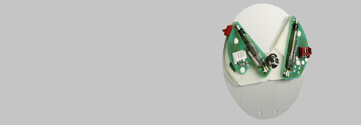
Reed contacts
Reed contacts also offer great flexibility. They switch both high and low loads, for example in a PLC control system. Reed contacts are magnetic contact studs fused into glass. They are triggered without contact by a magnet on the actual value pointer. This type of contact is particularly resistant to vibration due to its design and low mass.

Inductive contacts
Inductive contacts are particularly suitable for use in hazardous areas. They are also suitable for tasks with a high switching frequency. Inductive contacts operate without contact or wear; they involve a metal vane that is inserted into an electromagnetic field. The resulting damping of the field acts as an input signal for the external control unit that executes the switching.
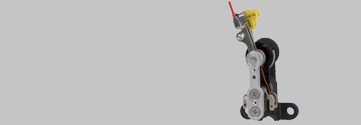
Electronic contacts
Electronic contacts work in accordance with the same wear-free principle as inductive contacts. In contrast to that contact type, however, these contain the electronics for the direct switching of low voltages, for example in PLC controls. They are therefore also referred to as “inductive contacts with integrated switching amplifier”. An additional control unit is therefore not required.
Note
On the WIKA website you will find further information on pressure gauges and thermometers with switch contacts. There you will also find an overview of other measurement solutions for the process industry. If you have any questions, your contact will gladly help you.
Also read our posts
Stainless steel pressure gauge in safety version: Selection guide
Pressure gauges and hydrogen: Which instruments are suitable?
Filling liquids in pressure gauges: Usage and advantages?
Selection criteria for dial thermometers (1): Response time
You can also find out more about our switch contacts for measuring instruments in the following video
Find out more about the differences between contact pressure gauges and pressure switches

